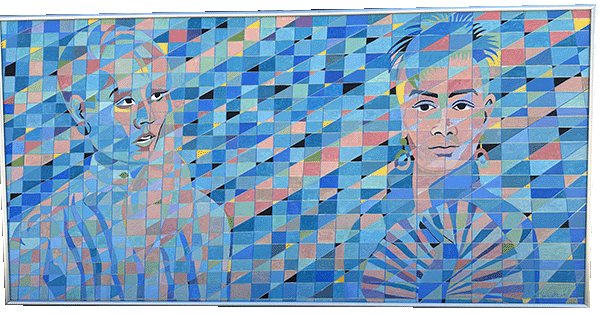Werner Luft’s talent emerged early in his childhood and developed further as a young man while studying art in Stockholm and Amsterdam. He first studied under the Hungarian artist, Endré Fenyö and later, he thrived in Paris in the late 1940s at the renowned Atelier Lhote, under the guidance of André Lhote, a prominent figure in modern cubism who called him the “little Renoir” for his exceptional color harmony and composition. After immigrating to the United States, Luft’s style evolved, his palette became richer and more vibrant, and he moved from portraits and landscapes to abstracts, still lifes, and nudes. His works show a progression from dark, earthen tones and cubist influences to a unique style characterized by bright pastels, pure chroma, and bold color contrasts.
